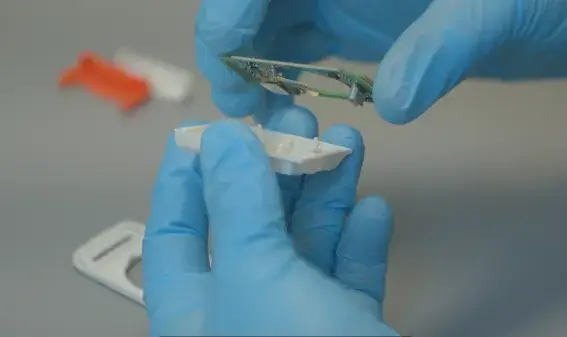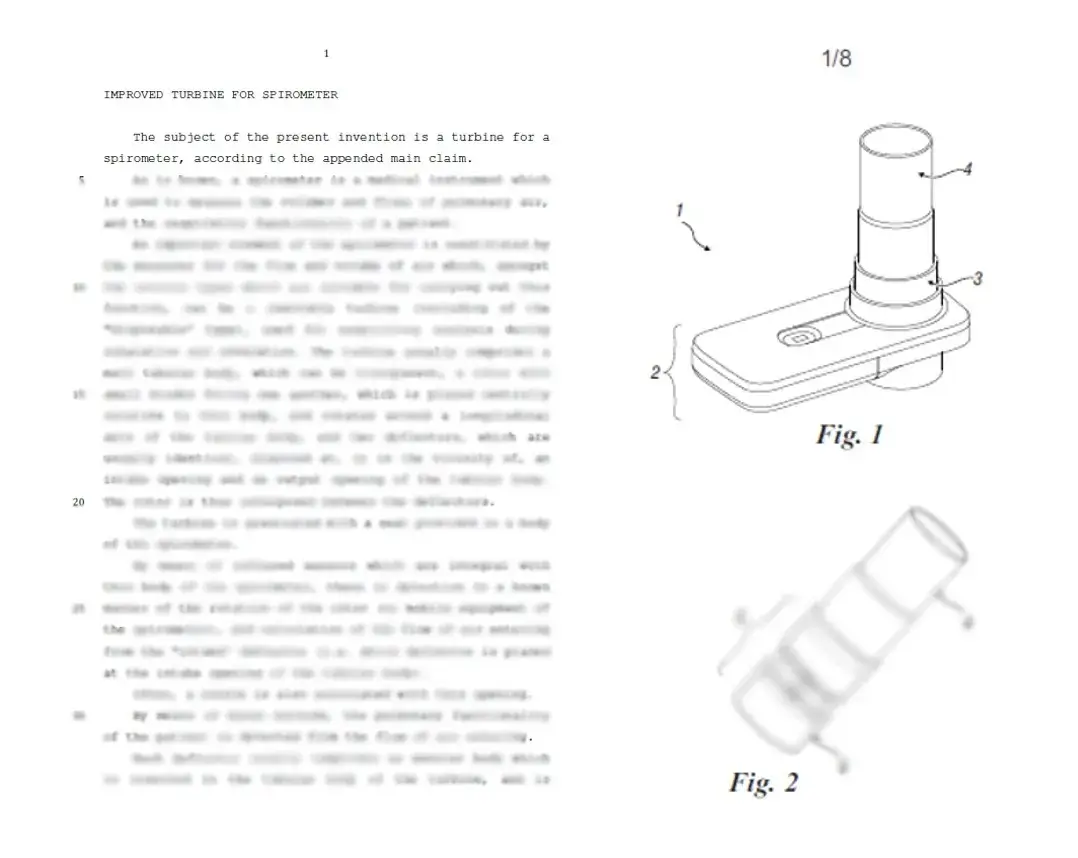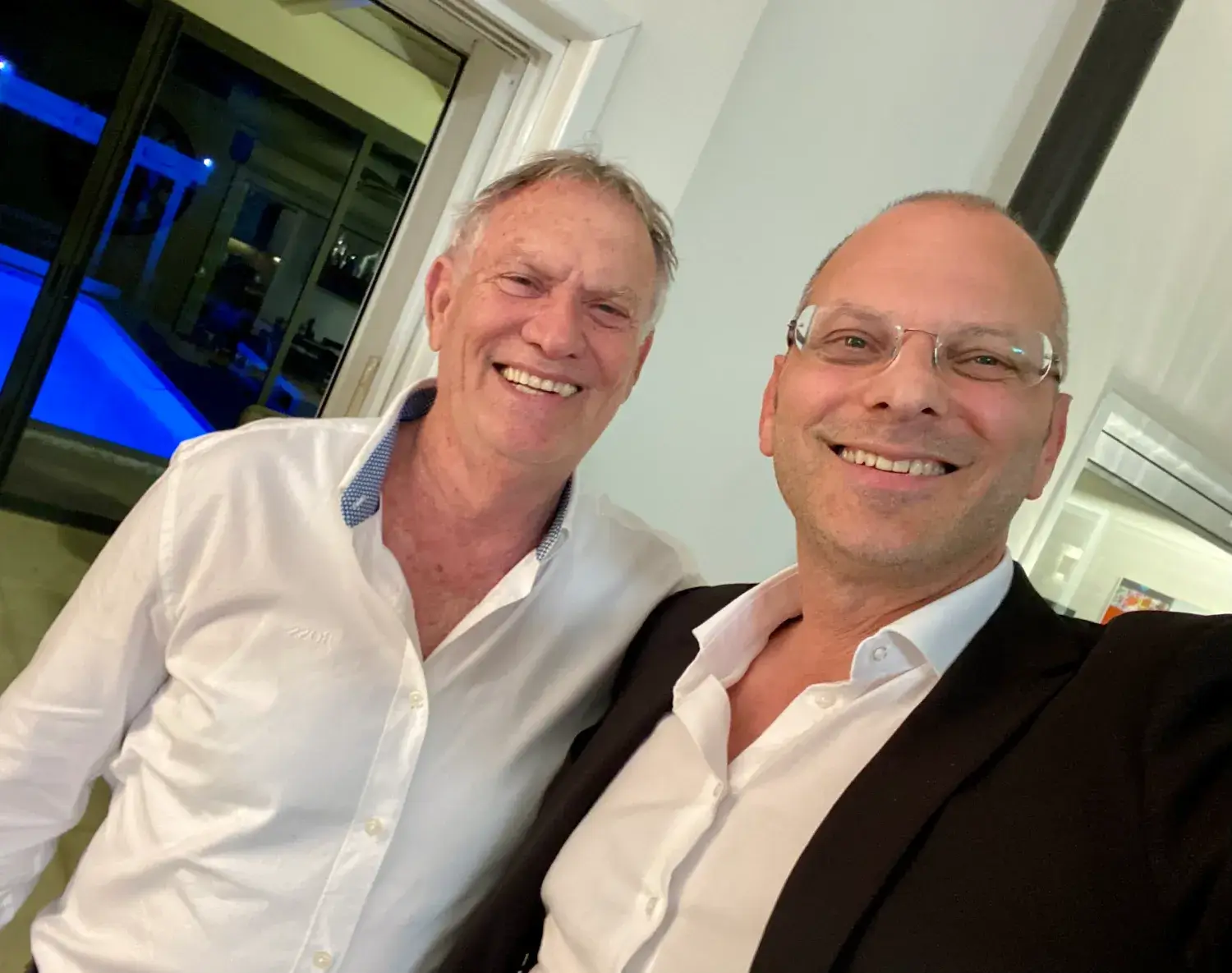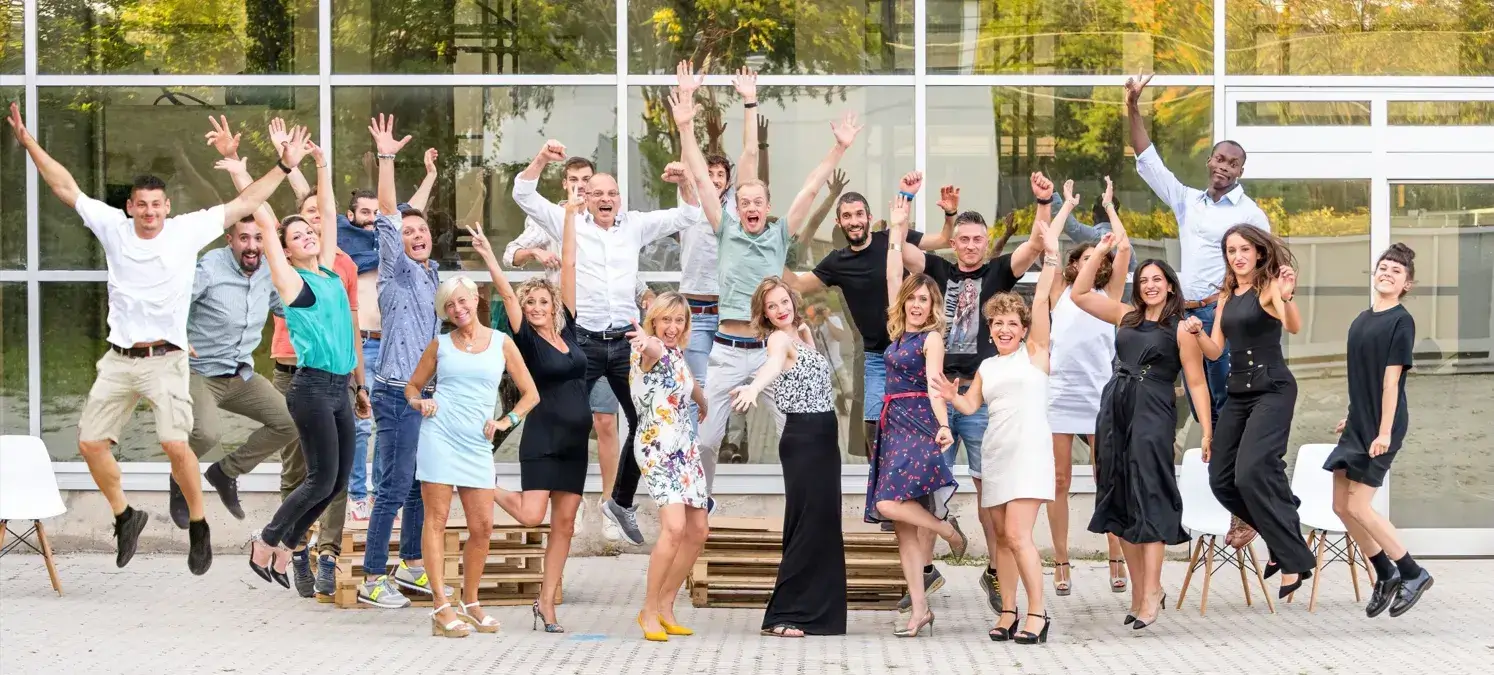We all admire (and might dream about) medical device startups, with hard working teams, and a great vision in mind.
But what about the success after the initial enthusiasm? Will it be a Unicorn exit of 10 digits, or will it just keep the inventor alive for long time like a zombie?The reality is that only a small minority of Medical Device Startups make it to market and become a successful company. As we are passionate about helping medical device companies design, develop and bring their devices to market this is something that concerns us and we’d love to help improve. Having been involved in so many healthcare startups with their founders, investors, and team members, we hereby want to share with you some of our personal experience about what the most successful startups have in common and which pitfalls to avoid.
What are the main pillars of a successful Medical Device Startup?
In this article we will share with you what we find the four most important pillars on which successful medical device startups are built:
- Value proposition
- Medical device technology
- Funding
- People
In the following paragraphs we will take you deeper into each of these, providing you with our personal experience of a lifetime spent in the medical device industry. We hope you will get good value out of this and it will help you build your successful medical device startup company.
Value proposition of your medical device
Your “Idea” and the Market. The starting point is what value will your medical device bring to the health care world market?
Which solution is your “invention” providing to the healthcare world, experts, patients, governments and also health insurance companies.
Does your medical device solve a “pain” and do you bring an improvement for the patient and/or healthcare provider or any other stakeholder? Carefully analyse all stakeholders involved without staring blind to only one like the patient. Often to get to the patient you need to build in advantages for other stakeholders too, to get them motivated to push your medical device.
Maybe your medical device “idea” reduces costs for the healthcare system? Often the healthcare system works with standard “tickets” for reimbursement, does your idea fit into this? Will your device make insurance companies save a lot of money?
Invest to verify that your idea will also commercially be a success for the healthcare commercial chain and:
– Develop a clear value proposition for your device;
– Develop a robust marketing and sales strategy;
– Test and validate your product or service with potential customers and users;
– Conduct thorough market research to identify unmet needs and gaps in the medical industry.
– Establish partnerships and collaborations with key stakeholders in the medical industry.
– Get on time in contact with your potential big buyers, if your goal is an “exit” to the big pharma players for example.
Business model and go to market strategy:
Your business model, how exactly will the company make money, is the core of the company which is very important to have defined in detail and which should include the go to market strategy. Do you sell your product by selling the medical device to a patient or could you think of a business model in which you rent the device to your patient, creating a recurring revenue stream. Think of this carefully early on, so you can avoid you need to implement changes after the medical device is already fully designed, developed and transferred into production which will be costly and time consuming.
Focus on selling as soon as possible, rather than continuing to improve your medical device with infinite loops. Selling means getting valuable market response, which will give you all sorts of important indicators such as if your value proposition and sales strategy are working. If they aren’t working as you hoped for, it doesn’t mean you have failed. Often it simply needs adjustment, just as we do improvement loops during the medical device design and development cycle. If it doesn’t work perfectly immediately, adjust it and improve until it does meet requirements. An example can be that your first idea was to sell your medical device directly to patients. Maybe in practice it reveals difficult and resource consuming to get a 1:1 relationship with the patient and maybe you adapt by focusing on selling your device to the same patients but now using a doctor in the middle to ‘sell’ it to them for you. Chances are that with the same efforts you will have an exponentially wider reach towards the patients.
Focus on one market niche at a time. While it might look tempting to develop different versions of your product for different market niches at the same time, it is also a pitfall. The risk is you will not have enough resources and you will not get enough traction in any of your niches to start making numbers and become profitable, jeopardizing your Startup, due sales continue to lag on projections. Rather focus on one niche, develop it well, make it profitable and then develop other niches. Once your startup has become profitable, it will be much easier to increase investments and attract potential new investors as your business has been de-risked tremendously and peruse other markets with other product versions.
Medical device technology
Your medical device might be based on “low tech” by having a simple solution to solve on big scale a problem, while the “deep tech” solutions might bring you where competition is low and margins might be very high. Of course, complex high tech “ideas” might absorb more investments to reach the PoC, Prototype or MVP.
Reflect on the “Risk assessment versus Benefit – Cost analysis” So evaluate well your Risks (such as a new complex technology) in relation to the Benefits (market share, volume of products and profit margins after). Before investing “heavily” in your technology, start in the earliest phase to reflect on IP.

IP (Intellectual Property)
Intellectual property is something to think of early on, in order to give your startup protection against copycats with deeper pockets by filing for patents on your invention. Patents will give your startup a moat which keeps competition at bay while you can develop and market your medical device, establishing your startup in the market, before others can. If your startup holds any patented IP, this also helps during the process of finding investors willing to invest and it will increase the value of your startup in case you plan to sell (part of) it.
It also is important to investigate if your technology isn’t already invented and potentially infringing any existing patent. Verify this early on, to avoid investing in something to find out later that it isn’t marketable. Should it have an overlap with an existing patent don’t get discouraged but evaluate reaching out to the patent owner if you can come to an agreement in order to be able to use the patent. So, evaluate early on if your technology is patentable.
At Creanova we have experience supporting medical device companies in optimizing design and preparing application for patent filing.

Funding your medical device startup
To make sure you will be able to bring your medical device to market, you need to ensure you have enough funding in place. Make sure to make a good financial plan and budget for the necessary investments including the complete design, development and contract manufacturing phases. The medical device sector, being one of the highest regulated sectors in the world, requires adherence to many norms and regulations such as Medical Device Regulation (MDR) for Europe, FDA (21 CFR Part 820) for USA as well as for example ISO13485 and ISO60601 which have to be taken into consideration and which greatly impact the necessary investments. Verification and validation activities and medical device FDA or CE certification can be costly processes and it is wise to involve a highly specialized medical device development and contract manufacturing company for your estimation of necessary investments to make. Creanova frequently provides such initial investment estimations to startup companies, banking on our many years of experience with design, development and ISO13485 certified contract manufacturing and we will be happy to support you with this.
To secure funding from investors, your network is vital. Make sure to grow and cultivate such network. Frequent publications about your progress will help get your Startup visibility and attention from both potential clients as well as from potential investors. Due finding investors takes time, start this process as early as possible. Make sure to have a compelling presentation to show potential investors in which you clearly state the total addressable market, your business model, any Intellectual property and moat (protection against competitors). Visualize your product with a render as an image is far more effective in communicating your idea than words. Even better if you have a working prototype to show. Creanova can help you with both quick initial product renders as well as with initial prototypes, functional or aesthetic or both.
After securing funding, money management is vital during the startup phase. More funding rounds need to be planned and successfully concluded on time. A hard stop is the nightmare of every startup leader, this is often number one stress factor in startups or private life of the founders. I’ve seen startups starting with 10.000,-, as well as deep tech startups that by far exceeded a million euros yearly to reach the PoC.
Also, local or national governmental funding initiatives can be an important instrument to look into. Tax reductions or loans at low-interest rates with potentially a partial grant are available in many countries, aiming to provide funds to companies to develop itself in different areas of focus such as commercial expansion, IP development and protection, product development activities and so on. Additionally, there are also international (e.g. European) funding programs with similar scopes which one can pursue like Horizon or Eureka-Eurostars. As Creanova we have experience with successful participations in such funding programs and can help you with the application process to maximize chances of success.

Build your dream team for your medical device startup
As for all successful companies, it’s vital to get the right talents on board.
We learned this is a balance of “technical skills” (know-how, experience, university degree), and “Soft skills” such as Perseverance, Empathy, Self-motivation, Communication skills, Self-discipline, Flexibility, and a team mindset.
So, create a strong and experienced team with a mix of medical and business expertise, combined with (external) expertise on technology, electronics, industrial design, manufacturing, quality assurance, regulations and laws.
Get enough flexible mindset people willing to continuously elaborate feedback and who make the necessary adjustments on the go to improve your medical device or service. This ability is also important in order to avoid sticking for too long with a plan or solution, while instead they might adapt and look for the better next solution.
Now easier said than done. How do you know if a new team member is the right one for you? On paper the CV looks good and during a first interview, your blown away by enthusiasm. Does that mean you should hire?
While it always remains difficult to make the right choice, there are several tools available to help you during a recruitment process to evaluate the soft skills which are hard to judge from a CV and a first job interview. Such tools comprehend psychological profiling, giving insight into the soft skills of the applicant. Does the person see the glass half full or half empty? This gives you a good indicator about how a person would handle certain situations, potential difficulties, stress or any other challenge which will come along during the daily operations of a medical device startup. Over the years we’ve seen how important these soft skills are, especially in a dynamic and constantly evolving environment such as a medical device startup.
You see how the captain of the ship and his crew really are during the storm; all startups will come across good and bad weather, to reach the market destination with success!

In conclusion, building a successful medical device startup is a complex process that involves overcoming many challenges. I hope you got a lot of value out of this article to help your startup thrive; we will be glad to help you further so, if you have any questions or would like to discuss your project, please reach out to us through the contact form. We’re already looking forward to our conversation how we can help you with any of these pillars, including our core competences on design, development and contract manufacturing of medical devices through our facilities in Italy and Serbia.
